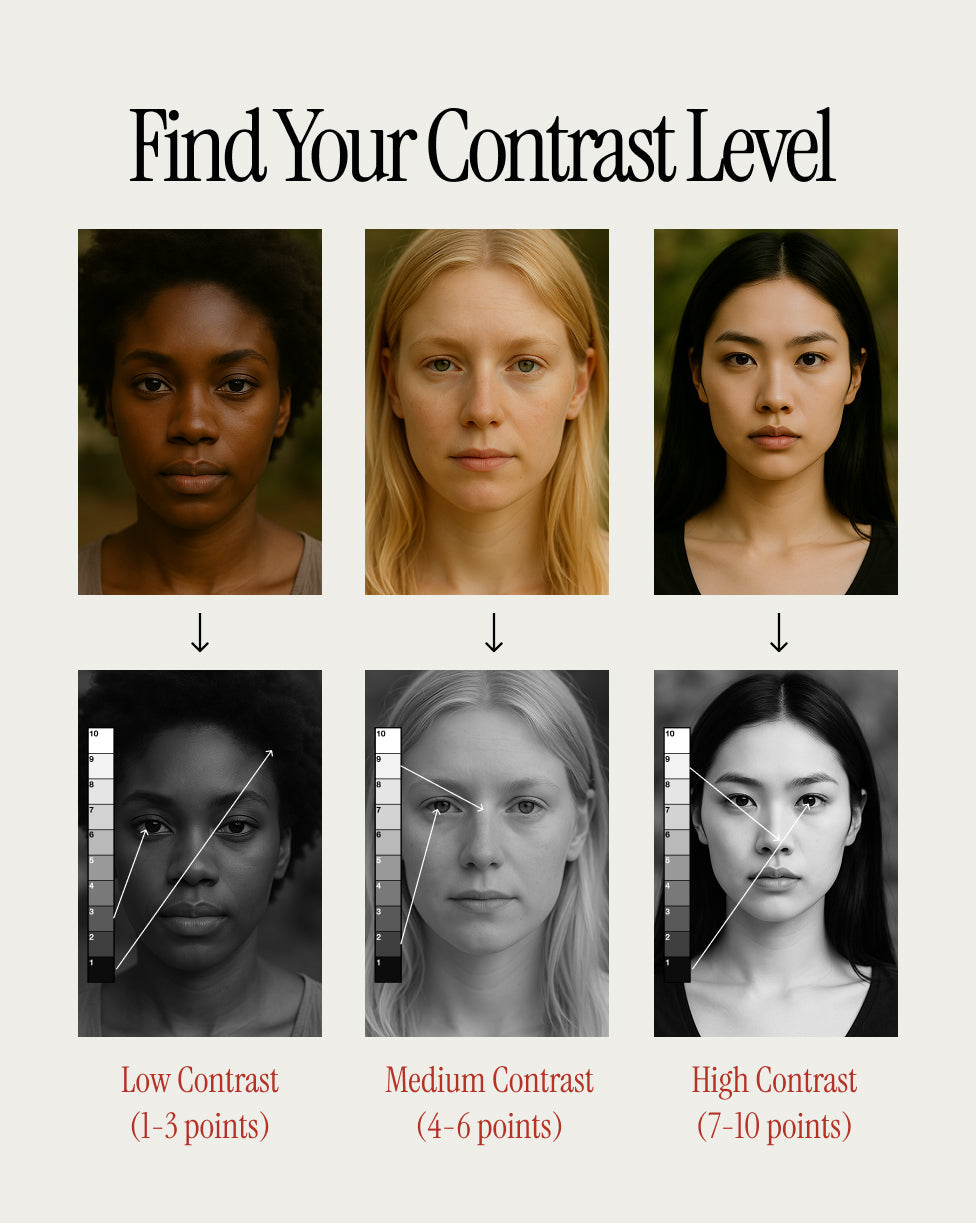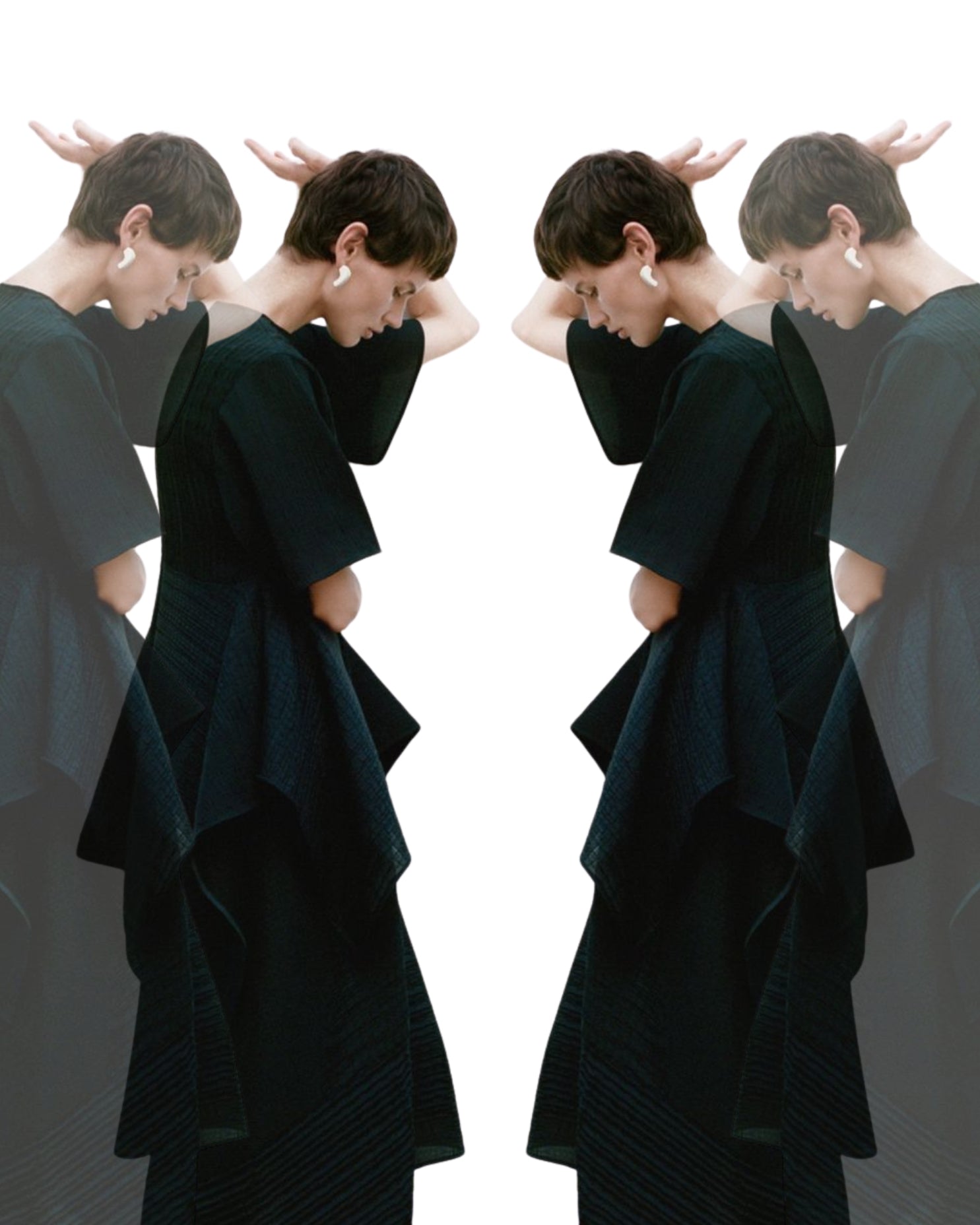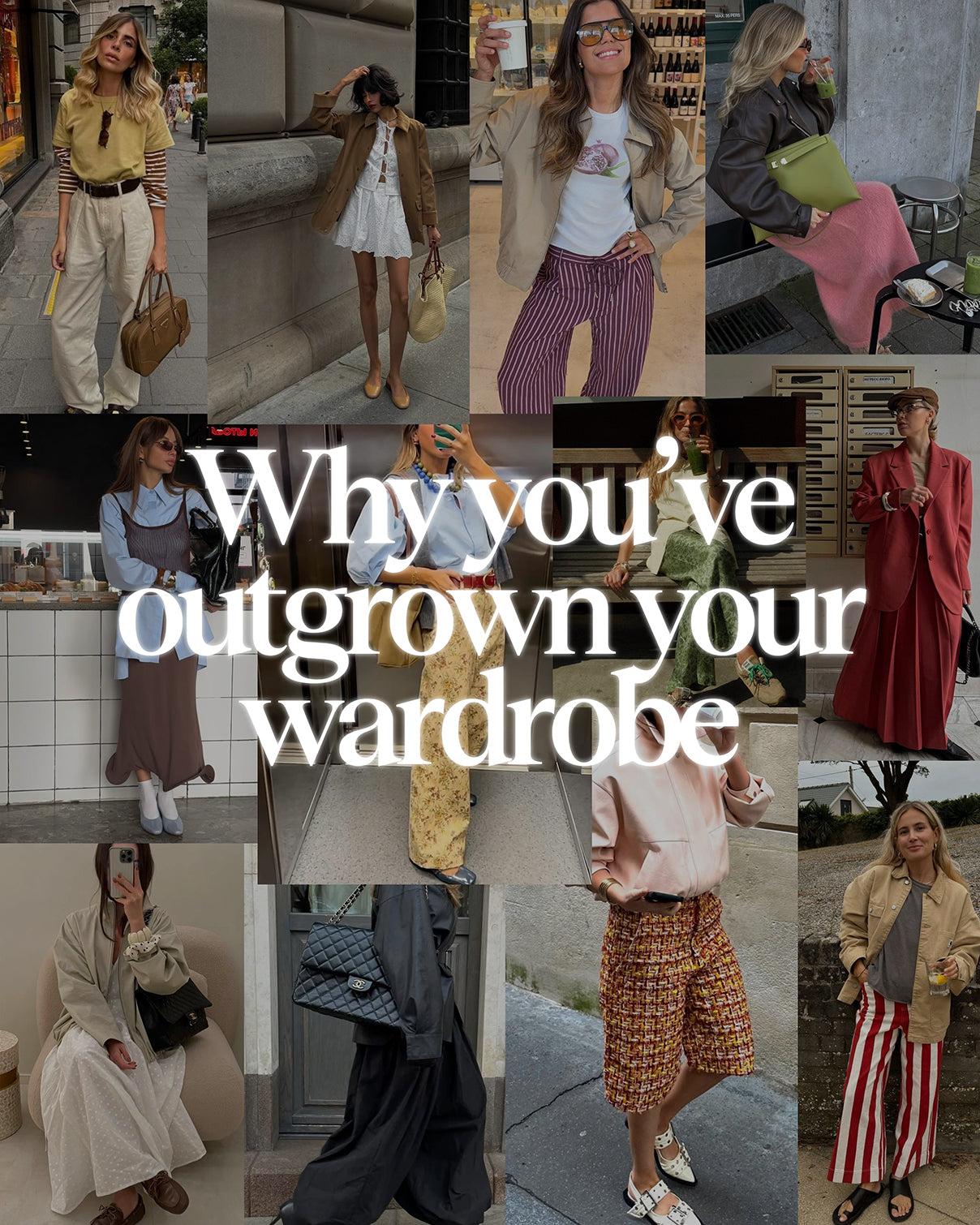The Psychology of Accessories
There are a few things we reach for when we’re trying to feel a little more ourselves: coffee, a good playlist, maybe a favourite jacket.
And then there are the accessories...the tiny choices we make almost unconsciously.
Gold hoops. A scarf you only wear on days you want to be left alone. A battered old tote that feels like home.
It’s easy to treat accessories like afterthoughts. But in reality, they’re closer to personal artefacts. Quiet symbols.
And psychology backs that up.
Accessories Are Tiny Identity Anchors
Let’s start here: you are what you wear, and more importantly - you are what you accessorise.
In psychology, there's a theory called symbolic interactionism. It suggests that we create meaning through the symbols we interact with and that includes what we wear.
A necklace passed down from your grandmother isn’t just a necklace. It’s a message. To yourself, to the world. “This is who I am, or at least who I’m trying to be today.”
Accessories, in this way, act like shorthand for our identity. A visual cue that helps others (and ourselves) make sense of us. This is especially true when our internal sense of self feels shaky. Like emotional scaffolding.
Enclothed Cognition (a.k.a. Why That Bag Changed Your Posture)
The concept of enclothed cognition, coined by psychologists Hajo Adam and Adam Galinsky, explains that clothing doesn’t just cover our bodies, it changes how we think, feel, and behave.
In one study, participants who wore a white coat they believed to be a “doctor’s coat” performed better on attention-related tasks than those who wore the same coat but were told it was a painter’s smock.
The kicker? Same coat. Different belief = different mindset.
Now apply that to your accessories.
Ever noticed how putting on a pair of sunglasses makes you feel slightly more composed, even when your life is decidedly not?
Or how a statement ring can feel like armour when you're walking into a room you don’t feel ready for?
That’s not shallow... that’s psychology.
Style Isn’t Always About Fashion. Sometimes It’s About Control.
We often choose accessories subconsciously, but that doesn’t make them random.
They’re our way of asserting control over our identity in a world that keeps trying to define it for us.
The big cowboy boots when you’re feeling small.
The red lip when you’re exhausted.
The delicate gold chain when you need to feel pulled together, even if your insides are a mess.
These choices are tiny declarations: I’m here. This is me. Look closer.

Shop this outfit here
So, What Are You Signalling?
Let’s break it down, not to box you in, but to help you notice the patterns you already live by.
The Power of Self-Perception
Clinical psychologist Dr. Carolyn Mair, author of The Psychology of Fashion, talks about how our clothing choices are a form of feedback loop.
What we wear influences how we see ourselves and how we behave because of that self-image.
In short: if your accessories make you feel more “you,” they’re doing their job.
But here’s a subtle psychological trick:
Instead of asking, What looks good on me?
Try asking, What feels like me today?
You’ll notice the difference immediately. One comes from fear. The other from alignment.
Shop this outfit here
Try This... Build an Accessory Identity Kit
Not a capsule wardrobe. Not a Pinterest board.
Just a few small things that pull you back into yourself when the day tries to do the opposite.
Here’s how:
Pick a theme word for the week. Calm. Assertive. Creative.
Match one accessory to it each morning. It could be subtle a metal, a texture, a piece with a memory.
Notice how your energy shifts.
Repeat. Or don’t. There are no rules. Only awareness.
Final Thought: It’s Not Just an Earring
If all this sounds too deep for something as small as a belt or a bag, maybe that’s the point. The tiniest things are often the most revealing.
When you understand the language of your own style, even the smallest choices start to speak volumes.
Explore the edit to shop the outfits above











